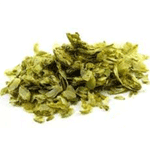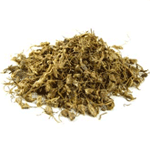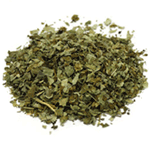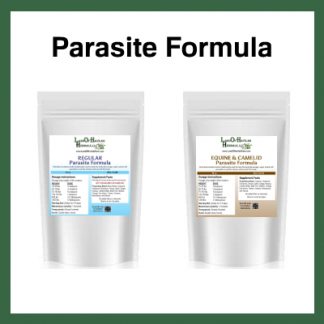Description
Hops is a powerful, stimulating and relaxing nerve tonic. Hops is beneficial in the throat bronchi and chest. The stomachic tonic effects are due to an 11% crystalline bitter principle and lupulin acid (lupulite); the primary stimulant and secondary sedative effects are due to a 2% content of volatile oil and lupulin.
A perennial climbing vine. The stems are rough, generously armed with small curved prickles. Leaves are rough, opposite, cordate, serrate and 3~5-lobed. Flowers are yellowish-green. The male flowers are arranged in hanging panicles. The female flowers are in catkins which develop into scaly, cone-like fruit in pairs with leafy, imbricated bracts and a distinct scent of beer. Found in the Pacific west U.S. in rich, moist land. It is widely cultivated, mainly for the brewing industry. The young shoots are eaten as a vegetable and the leaves blanched for soups. The ripe, female flower cluster, called strobiles, “hops” are added to beer for flavor, to clarify and to preserve it. It is a anodyne, diuretic, febrifuge, hypnotic, sedative, and tonic.
Origin(s): Africa, Bulgaria, China, Poland, United States.
Latin Name(s): Humulus lupulus
Also known as: Common Hop.
Plant Part(s) Used: Flower.
Appearance: Green.
Aroma: Unpleasant.
Taste: Strong & bitter.
GMO Status: Non-GMO.
Allergen: None.
Additives: Free of any additives or preservatives.
Applications / Preparations: Can be put into capsules, teas or infused as an herbal extract. For cosmetic use can be put in dream / sleep pillows, infused in water or alcohol for soaps, shampoos & hair products. For decorative use in floral displays.
Storage: Store in a sealed container in a cool, dry place.
Shelf Life: It is very difficult to pin down an exact expiration date for most single herbs as they do not really expire, they lose potency or strength over time but will still have value. Unlike synthetic material or drugs, herbs can contain many constituents that contribute to their medicinal effects. Even if when we know what the active constituents are, there are often many of them in a single herb, each with different rates of degradation. Some herbs lose their effect more easily. Other herbs that possess more stable compounds such as alkaloids or steroids will last much longer.
A huge part of the degradation rate of herbs depends also on the storage conditions of the herb, & even on the quality of the herb before storage – how it was grown, harvested, dried & processed. If the product is left in hot places or open to sunlight then it will degrade much quicker than if it was stored in cool, dry place & sealed tightly.
A good rule of thumb is that herbs should be stored no longer than 2-3 years but many herbs will have great strength much longer than that. To determine if a an herb is still good you can check the appearance & aroma. Herbs that are no longer acceptable will have lost much of its vibrant color & will instead appear dull & faded. The bigger key though is to smell the raw materials to see if the potent aroma is still present.







Reviews
There are no reviews yet.